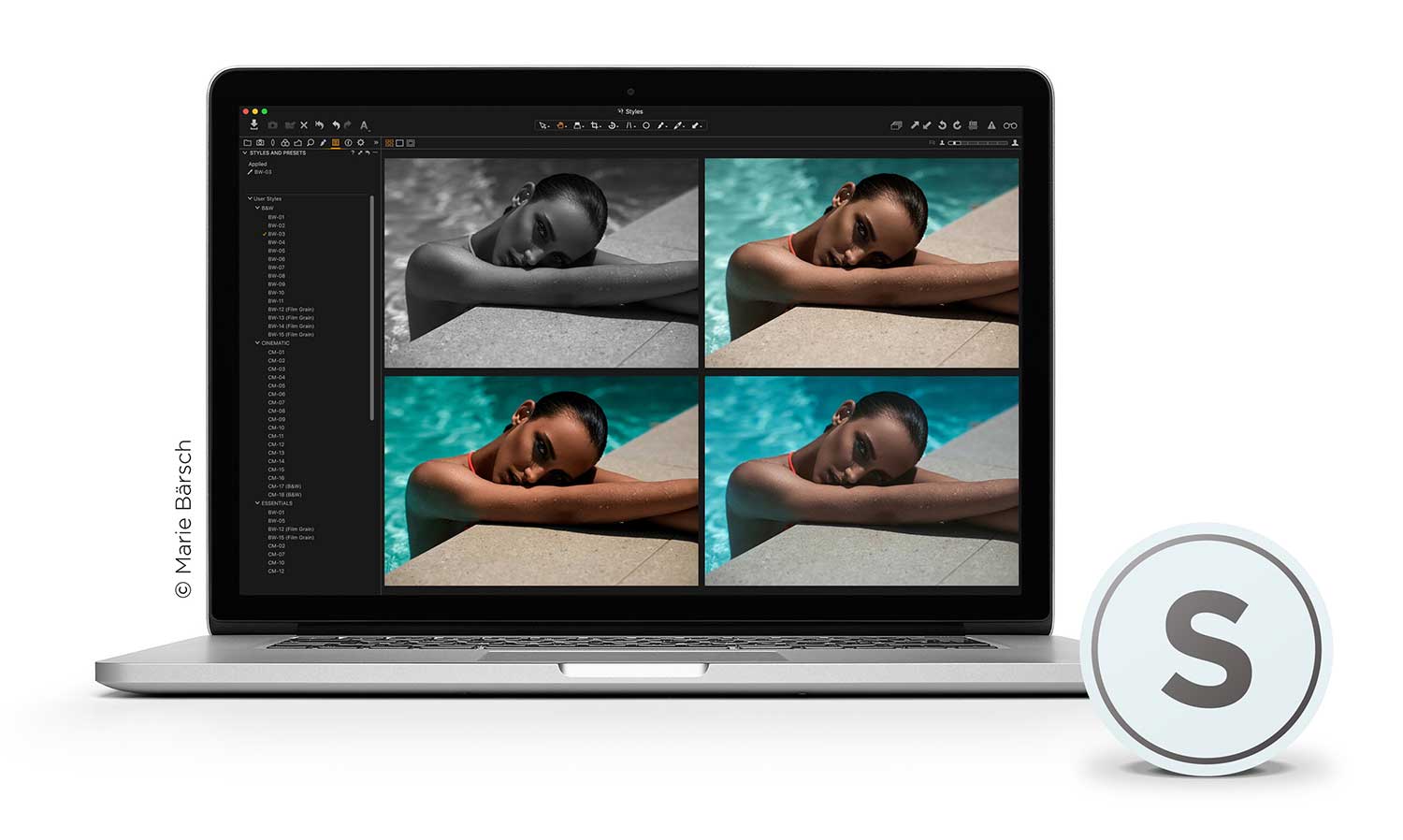Capture One Styles

Presets are the lifeblood of so many photographers who don't have a whole lot of time, and so Capture One Styles is more than a welcome entry into the photography world. Capture One has had a number of styles built into the program itself. Then there are other options such as the large variety of film styles (presets) available. But earlier this year, –therefore expanding the number of official presets made available directly from the company.

Available with a number of different packages for purchase, photographers and editors using the latest version of Capture One can utilize some of the newest and interesting options available for editing. Features Features taken from Capture One Styles Packs released today include:.
Cinematic – 18 unique Styles. B&W – 15 unique Styles. Matte – 16 unique Styles.
Seasonal – 15 unique Styles. Essentials – 16 Styles compiled from the above Styles Packs. 5 Styles are available for download as a free sample package For Styles examples and usage guidelines, please see: Ease of Use Editor's Note: as a point of clarification, Capture One provided the Phoblographer with all of their Style packs.
New film styles. Midi files julio iglesias. With «Film Styles Extended Set» you’ll get 70 new color and 30 B&W film styles for Capture One. There are three types of styles.
This is an overview and review of all of them. Capture One Styles are super easy to work with. To make them compatible with the latest version of Capture One, you simply need to import the styles. Installing the styles is literally Adjustments Styles Import Go to folder with styles and select the ones you want. It's very similar to Adobe's way of doing all this and at the end of the day makes life pretty simple.
The styles come very neatly organized–which is a lot more than I can say for what is offered by the Capture One Film styles presets available. Want to go to the black and white styles? Just open up that section.
Capture One Styles Download Free
Similar to Lightroom, all you need to do to get a preview of the Style's rendering on your image is to hover over it. Except in this case, the rendition goes over your actual photo vs the miniature preview, so you can experience it in its full glory. From there you can edit away at will. Due to the way I shoot, I either locked my white balance to 5500 (daylight) or 3200 (tungsten) and depending on how I wanted the colors to be rendered I'd increase my exposure by a stop or leave it as is. After that, I'd just slap on the preset (style). Depending on what I wanted, I'd then adjust another parameter like the highlights. For this review's opening photo, I used a cinematic preset and then killed the highlights a bit in the dynamic range panel.
This gave a bit more detail I'm sure some folks would otherwise complain about losing. Personally, I prefer the heavily backlight, star studded look that would otherwise go with the image. Image Quality There are a large number of styles in each pack.
In general though, some photographers may gravitate towards one or the other based on the colors, lighting, and their own unique tastes. For example, I'm not a fan of a lot of the matte settings but I will admit a lot of them looked very good when overlaid on the image above. In the end, I decided to go black and white though.
Each pack has its own strengths and weaknesses. For example, the cinematic pack has a few black and white options while there are otherwise a number of color looks. The black and white options stray towards either looking like an artistic Justin Timberlake music video to the Cabinet of Dr. In fact, I found editing my images to the Cinematic pack helped give me a bit more inspiration. Of course, I was listening to cinematic music–the Nolan Batman trilogy to be exact! For the less experienced among us using Capture One, you may want to use a preset and then edit to your heart's content quite heavily. But the more experienced among us may use these simply as a starting point and just make minor touch ups depending on how we shot the images.

So for that reason, I strongly suggest that the beginners may want to go with the sample pack or the Essentials. Those who have more fine tuned and tailored looks will find great reasons to purchase just one pack that suits their particular creative vision. For example, I'm not sure it makes sense to have both the Cinematic and the Seasonal pack. Don't get me wrong, they're both very different; and perhaps that's the reason why I don't think both will make sense.
Folks who like one style in their images may go with the Seasonal looks and simply edit from there. Those who prefer more cinematic looks may want to stick to what's offered there. And then there are those of us who love black and white. The Matte options may appeal to the wedding photography crowd but probably won't do a documentary photographer very much justice vs the Cinematic pack. A portrait photographer, however, may want to go with either the Matte or Seasonal pack depending on their own philosophy.
One tends to be more high contrast and the other much less so. Extra Sample Images Conclusions Do I like Capture One Styles? Since switching to Capture One last year and more or less giving up on Lightroom, this is one of the things I've been personally missing a whole lot.
Capture One's built in styles are underwhelming; but this extra boost is worth the extra money if you're a professional photographer looking to invest in yourself. I recommend checking out a number of the options available on.